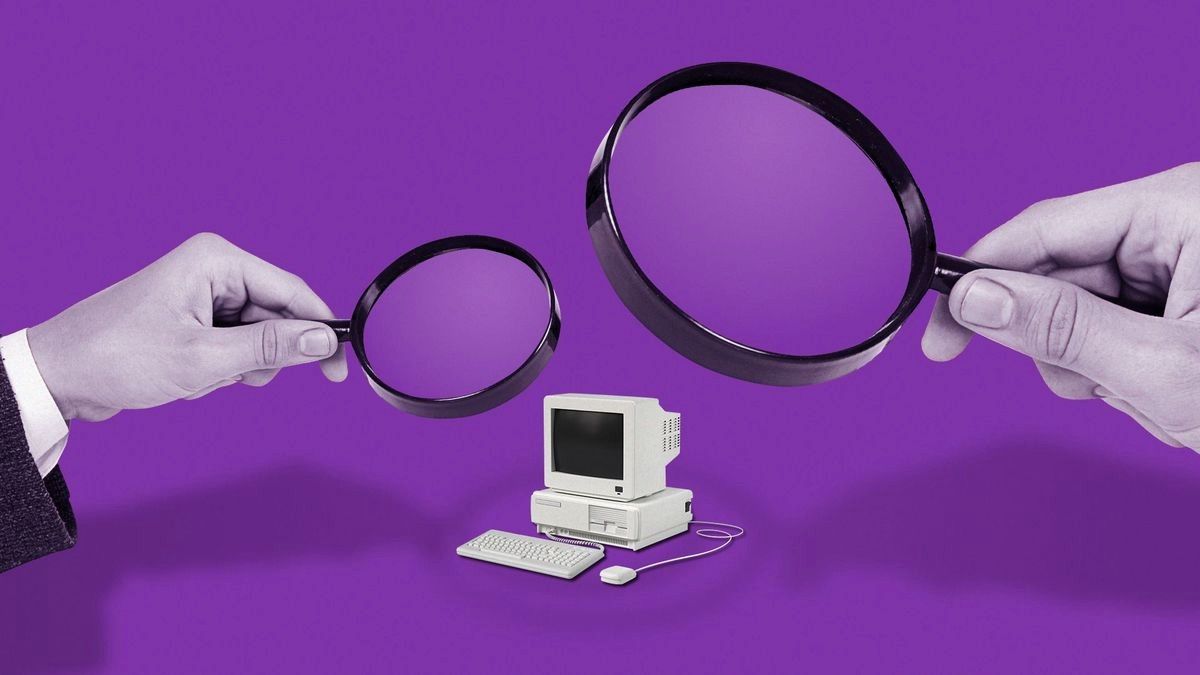Business Practices, eNews
Banking deserts challenge small businesses

Imagine a stretch of land where financial institutions are as elusive as an oasis in the desert—that’s a banking desert, an area devoid of bank branches.
By the numbers: From 2019 to 2023, the total number of bank branches declined by 5.6% and the number of bank deserts increased by 217. The number of Americans living in banking deserts grew by 760,000, according to the Federal Reserve Bank of Philadelphia.
- “The accelerated pace of bank branch closures has often been justified with the rise in online banking and pandemic-induced declines in demand for in-person banking,” the report reads.
Why it matters: Businesses, particularly smaller enterprises, will face significant challenges if they fail to adequately prepare in banking deserts.
What is a banking desert?
A banking desert is defined as a census tract without a physical bank branch within it or within a certain geographic radius, whereas a potential banking desert has just a single bank branch. They can be caused by economic conditions, population density and bank consolidation. In some cases, banks may close branches in lower-income areas.
Impact on credit risk
With fewer branches and employees, bankers will focus on high-value clients, spending minimal time on smaller clients but regularly visiting larger ones. “The smaller businesses will still have a banking relationship, however, that will be mostly automated where credit appetite is the result of a general algorithm and less based on a long-term relationship,” said Fred Dons, global head, structured trade finance at Aria Commodities (Zug, Switzerland).
Yes, but: The impact of banking deserts is felt by larger businesses, too. “With a small presence in Alaska, it’s challenging to ensure product delivery without confirmed payment,” said Michelle Porcelli, CBA, manager of credit collections at Crowley Fuels LLC (Anchorage, AK). “Since these customers often don’t have checks or debit cards, they need to obtain a money order to make payments.”
Banking deserts decrease the ability to mitigate risk. “There is a greater likelihood of fraudulent transactions because customers don’t need to walk into the branch or show their face,” said Jeffrey Yu, FVP, trade finance relationship manager at East West Bank (Pasadena, CA). “A lot of transactions, especially those online, make it easier for customers to conduct fraudulent transactions.”
Credit managers may also face increased counterparty risk, the possibility that one party in a transaction may not fulfill their contractual obligations and default on the deal. “With all the Know Your Customer (KYC) processes in banks, you’d think it would be easier to distinguish the good guys from the bad, but these are mainly paper exercises, run offshore by employees following a script,” Dons said. “It is missing the human factor.”
Mitigating risk
If you fear that your customer is in a banking desert or a potential banking desert, don’t panic. The Banking Deserts Dashboardfrom the Federal Reserve provides census tract-level data on bank branch availability in all 50 states from 2019–2023. It can help identify banking deserts and potential banking deserts, where a branch closure could turn the area into a banking desert.
While the zero-inflated negative binomial (ZINB) model can identify the statistical determinants of the number of lending institutions in a tract, it identifies the likelihood of a tract having no lenders and estimates the relationship between other variables and lenders per capita.
Advancements in technology have introduced mobile banking apps and online financial services. These solutions aim to bridge the gap created by traditional banking deserts. Wells Fargo Bank allows the use of the CEO Mobile app for businesses to make remote deposits into their bank account. However, for businesses with limited internet access or susceptible to technical difficulties, using this app may become difficult.
“Have electronic signatures in place and invest in a digital environment which allows you to communicate with multiple banks (most bank-owned systems only allow you to communicate with that particular bank),” Dons said.
You can also use technology to better communicate transactions and avoid payment delays. “I ask customers to take a picture of the money order and send it to me,” Porcelli said. “This way, I can verify the payment and release their fuel, especially if the payment is guaranteed by a money order or cashier’s check.”
Because they are member-owned, credit unions, which are tax-exempt, are helpful in banking deserts because they can operate in communities where taxed banks have higher break-even points. Most significantly, credit unions offer deposit services and provide liquidity on demand, which can benefit smaller businesses.
Building strong relationships with financial institutions ensures continued support and personalized service for small businesses in banking deserts. “Build relationships with bankers at the head office, even if it’s just occasional coffee meetings,” Dons said. “Make sure to always have a relationship with at least two banks, but preferably more.”
Where access to physical bank branches is limited, effective time management becomes essential. “You will have to rely on couriers and manage the process of exchanging paperwork with your bank much more,” said Dons.
The big picture: As technology continues to advance, businesses must adapt to digital environments and use mobile banking apps to navigate the challenges presented by banking deserts.





